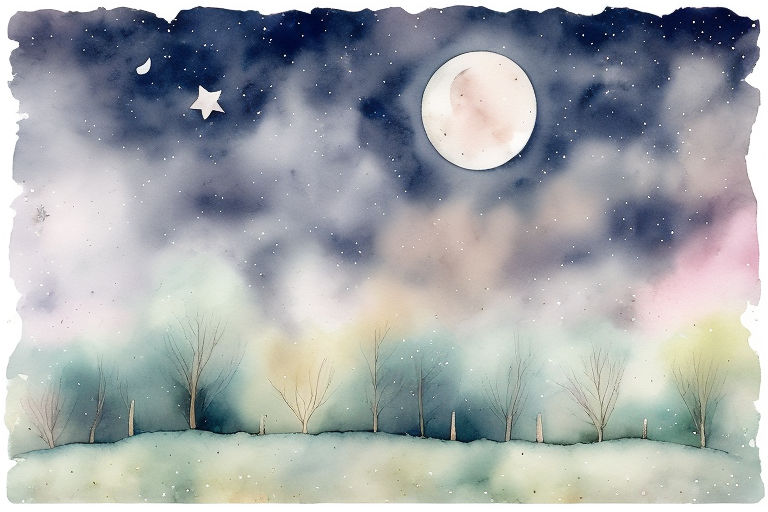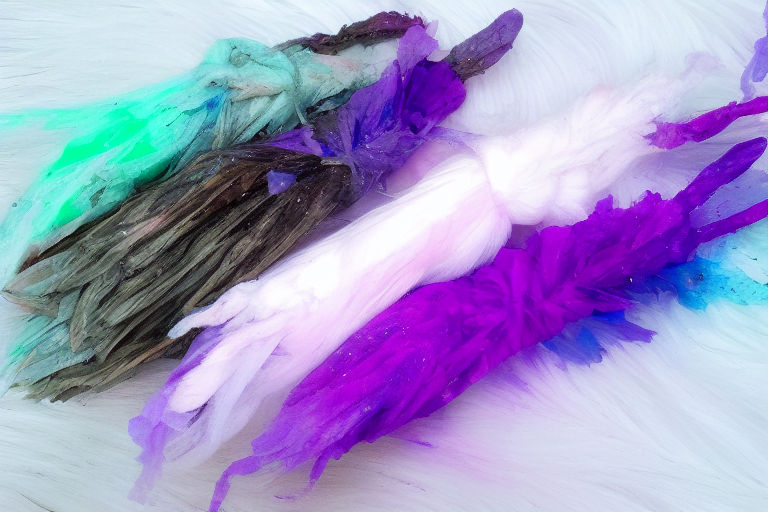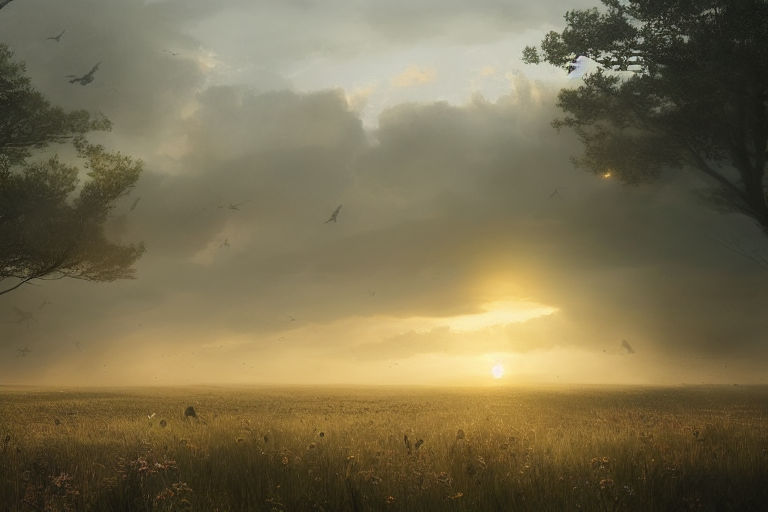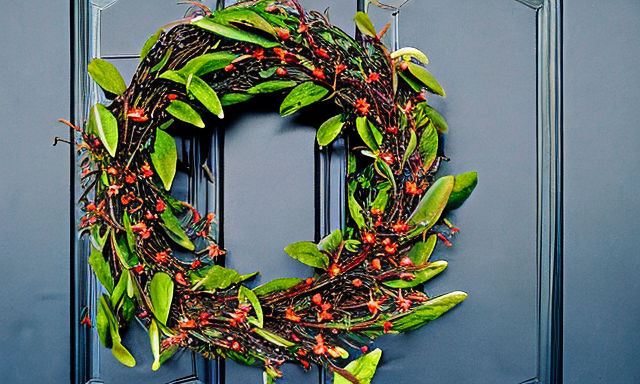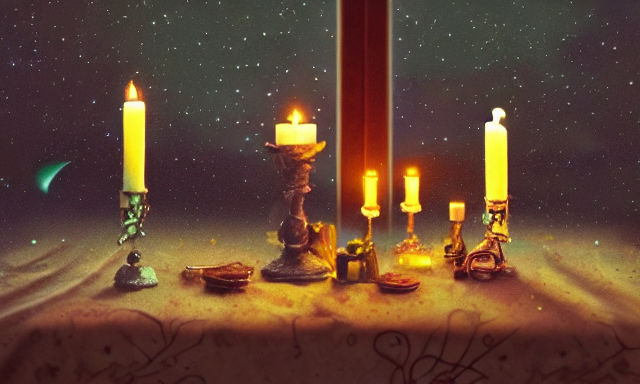The Celtic History of Samhain
Samhain is an ancient festival that occurs from Oct. 31 to Nov. 1. It is an important time for honoring ancestors, celebrating the harvest, and marking the beginning of the dark half of the year. It also represents the thinning of the veil between the physical world and the spiritual world, according to pagans. In ancient times, druid priests would light the community fire with a wheel that represented the sun, symbolizing life and renewal. It is important to note that Samhain has many aspects of death and rebirth, and there is much to consider when celebrating this important time of year.
When you make a purchase through links on our site, we may earn an affiliate commission. As an Amazon Associate I earn from qualifying purchases..

Bonfires were a form of sympathetic magic
The practice of lighting bonfires at Samhain was more than just a way to warm up on a chilly autumn evening. It was believed to welcome the spirits of the dead back to earth. Not only did the dead come to seek comfort and food, but evil spirits, faeries and gods also sought out the fire to stir up mischief. The fire also protected the living by warding off harmful spirits.
The practice of bonfires at Samhain dates back to prehistoric cave art. The shaman would paint images of animals that were capable of nourishing the tribe. This form of magic derived from the human consciousness, which connects a picture to a thing.
In many parts of Britain, Wales and Scotland, bonfires were used as a form of divination. It was thought that the presence of a stone in a bonfire would indicate the end of someone’s life. In some areas, church elders had the practice banned.
The ancient Celtic tradition of lighting bonfires at Samhain began as a way to celebrate the end of the harvest. It was also associated with the start of the spring and the start of summer. During Samhain, people dressed as spirits to fool the real ones. Some wore animal skins, while others wore black or white clothes. They also carried treats in their pockets and held jack-o-lanterns. These hollowed out vegetables were lit with candles.
In Celtic Ireland, Samhain was associated with the Celtic god Tlachtga and the Celtic goddess Tara. The Celtic calendar viewed the festival as a rite of passage and an important part of the life cycle. It is still celebrated with bonfires in Ireland, Scotland, and the Isle of Man, though with different meaning.
Food was a form of imitative magic
In ancient times, food was used as a form of imitative magic during the Samhain festival. The festival involved a communal bonfire which was lit by the Druid priests. The fire was used to symbolize the sun and was associated with prayers and sacrifices. People took the flame from the bonfire home. It was said that it was mandatory to participate in Samhain, as failing to do so would result in a punishment from the gods.
Samhain is celebrated on October 31 by Wiccans and Druids. Druid Samhain celebrations typically include a bonfire and communion with the dead. Wiccans practice a similar form of Samhain and incorporate many aspects of Wicca into their rituals.
Samhain is a pagan religious festival that originated from ancient Celtic spiritual traditions. It is traditionally celebrated between October 31 and November 1. Celts believed that the dark half of the year was a time of sacrifices to their pagan deities. They would light large bonfires to honor the gods and offer gifts to them. During Samhain, people would also relight the hearth fire with the fire from the bonfire.
Samhain is one of the most ancient festivals, dating back to the ancient Celtic civilization. The ancient festival is a day to remember the dead and celebrate the third harvest. Christianity spread across the Celtic worlds, and Samhain became known as All Saints’ Day and All Souls’ Eve. Church-sanctioned parades were held during the festival.
Druids were considered evil worshipers of demonic gods
In ancient Ireland, the Samhain festival involved necromancy, a practice of divination. The aim of divination was to predict the future. The Celts also used this festival to perform human sacrifice every seven years and worship the god Baal.
The Celts also worshipped the sun god Belenus, the lord of death, on Samhain. Wiccans pronounced it “SOW-wen”. In ancient Celtic traditions, people wore grotesque masks and celebrated Samhain by dancing around large bonfires and offering food and treats to spirits and the good dead. As time went on, divination and fortune-telling also became an important part of the festival.
However, the missionaries associated Celtic holidays with evil and associated devilish deities with the Celtic gods. This led to a more negative view of Druids, who were viewed as the evil worshipers of demonic gods. Eventually, the Celtic underworld became associated with the Christian concept of Hell. The Christian belief that all people are born to go to Hell, led to the persecution of Druids.
Despite the persecution of the Druids, they managed to preserve their ancient beliefs and customs. After Christianity conquered most of the Celtic lands in the 9th century, Samhain became a Christian festival, known as All Saints’ Day.
Druids were the priestly caste of Celtic religion. They believed that the gods were unleashed on the world at Samhain and that humans could be sacrificed to them. This resulted in the release of wicked souls who lived in the form of ghosts, spirits, witches, and elves.
The Druids believed that the shape of fruit and vegetables could predict the future. Their belief in divination also led them to use human sacrifice. The Romans added customs to the Druid’s traditions, including banning the practice of human sacrifice.
The Celtic peoples lived in northern France, Ireland, and the United Kingdom. They practiced many occult arts and worshipped nature. They attributed supernatural properties to certain plants, such as oak trees and mistletoe. The Celtic peoples also used crop circles to perform rituals.
The festival was associated with death
The Celtic pagan festival of Samhain is believed to have originated in Ireland. Early Irish literature mentions the festival as an important time for observing Irish mythology. The festival was associated with feasts and great gatherings. It was also a time for people to conclude end-of-year business. In some areas, Samhain was associated with rites of passage, sacrifices, and bonfires.
Samhain is a time when people remember their ancestors. Pagans may hold a “dumb supper” where they invite the spirits of their ancestors to share the evening with them. Other traditions may include placing photos of the dead on an altar or inviting the deceased into the family home. They may also set aside an extra place for their ancestors at a Samhain feast. They may also offer food to the dead in the evening and talk about their lives.
Pagans celebrate Samhain in the fall, during the last few days of October. Many Pagans believe the festival to be a time to honor departed spirits and reflect on the changes in one’s life. It is also known as the Celtic New Year. Non-Pagans may refer to it as Halloween. Some people celebrate Samhain with nature walks and ancestor altars.
During the medieval period, Samhain was connected to death. It was believed that the dead were released from the Underworld. Fairies and ghosts were associated with Samhain. Some people lit bonfires to ward off evil spirits. They would also carry a torch around the boundaries of their properties.
In the eighteenth century, the Catholic church co-opted the pagan tradition and changed it to honor saints. Today, the festival is celebrated on 1 November. It was also associated with death and mourning. In some areas, the festival is known as All Saints Day.
The Celtic people also celebrated the festival in Ireland, the United Kingdom, and Bretagne. The Celtic calendar had four major holidays, with Samhain marking the beginning of the Celtic year. The Celts believed that the boundary between the two worlds became blurred on the night before the new year. On Samhain, the dead returned to the earth, bringing with them the spirits of their ancestors.












